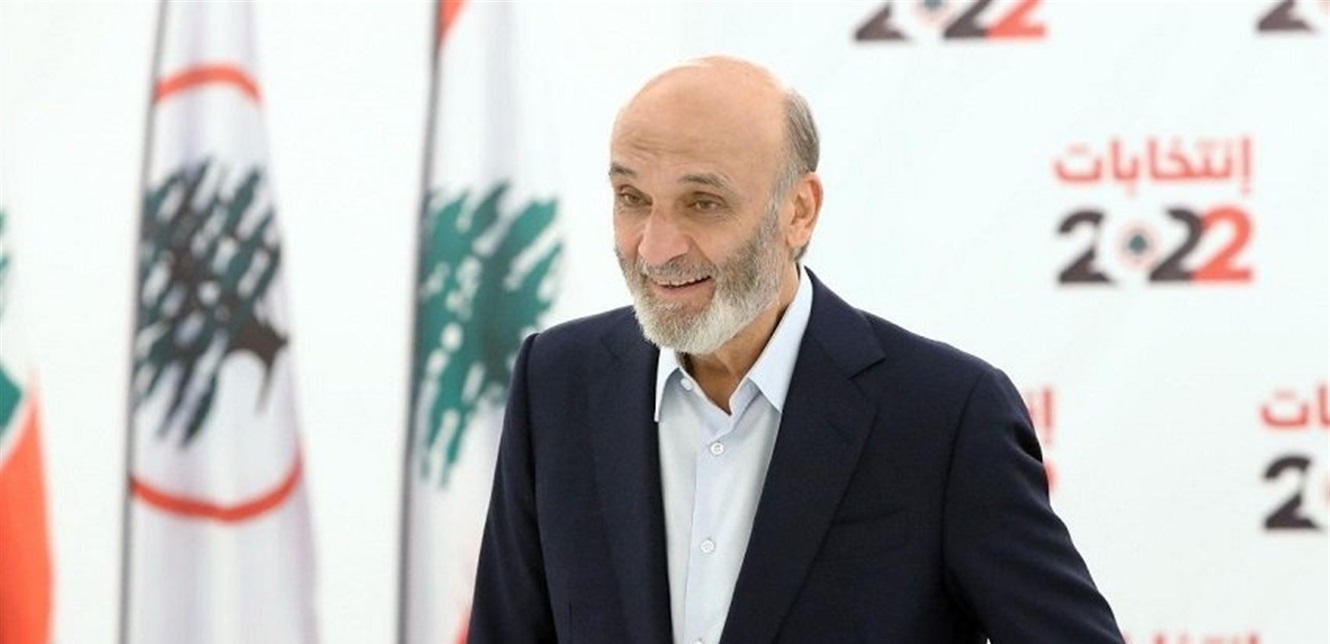The Kievians pass in front of the wreck of one of the Iranian drones that hit the capital on October 17 (Photo: REUTERS / Vladyslav Musiienko)
About this in my new one summary following the results of October 17, writes the American Institute for the Study of War, analyzing 9 missiles and 39 other air strikes that the Russian military inflicted on Ukraine yesterday.
“The October 17 drone attack on Kiev’s residential infrastructure is consistent with a broader pattern of Russian forces prioritizing psychological terror in Ukraine over achieving tangible effects on the battlefield,” – underline the ISW experts. They cite an assessment by the American military analyst Brett Friedman, who, after the Russian attacks of October 17, recalled that Shahed-136 “payload” is 88 pounds of explosives (about 40 kg), while a typical 155 mm M795 artillery shell carries 23.8 pounds of explosives (almost 11 kg). This means that a Shahed-136 drone is equivalent to firing about three artillery shells in terms of explosive quantity, “but without a stable fragmentation pattern” (probably means the dispersion of fragments with which the shells can be stuffed).
Friedman suggested that the five Shahed-136 drones that hit Kiev yesterday had the effect of 15 artillery shells fired over a very large area. Such attacks can cause significant damage to civilian infrastructure and kill and injure many people, without creating significant military consequences. This analysis suggests that the Russian Federation continues to use Shahed-136 drones to create psychological effects that target civilian areas and objects, instead of trying to create asymmetrical operational effects and deliver concentrated strikes against military and frontline targets.
At the same time, further requests from the Russian Federation to Iran to receive Fateh-110 and Zolfaghar short-range ballistic missiles (in addition to the Shahed-136, Mohajer-6 and Arash-2 drones) are likely to compensate for the Russian army’s growing missile arsenal.
ISW also analyzes episode at the training camp in the Belgorod region October 15, when several mobilized people were shot by a colleague. Institute analysts indicate that such filming could be “consequence of the fact that the Kremlin places the burden of mobilization in the Russian Federation on ethnic minorities “. ISW previously reported a predominance “Volunteer battalions “formed from communities of non-Russian ethnic minorities, many of which suffered significant losses after being transferred to Ukraine. The same trend continued after Putin announced the so-called” partial mobilization “: Russian Federation authorities. they continue to deliberately use ethnic minorities to mobilize “orders. “ISW has also previously suggested that this way of conducting the mobilization “along well-defined ethnic lines “leads to training “local and ethnic resistance movements ”, which can become a factor of internal influence in the Russian Federation as the war continues. “The shooting in Belgorod is probably a manifestation of such internal consequences. Ethnic minorities forced to fight a war led by Russian imperial objectives and shaped by Russian Orthodox nationalism are likely to continue to feel alienated [от участия в войне]which will create a reverse wave of discontent, which will lead to resistance, followed by repression against minorities, “says the Institute for the Study of War.
PMC sponsor Wagner Yevgeny Prigozhin and his associated bloggers continue to talk more and more about the inefficiency of the Russian military, traditional military institutions and social problems, which can indirectly undermine the power of the Kremlin. Although Prigozhin does not directly oppose or criticize Putin, his growing publicity and prominence in the Russian nationalist community could question Putin’s appeal as “Strong hand. ”And emerging discussions of the Russian civil war could further weaken the Kremlin’s narratives of alleged national, ethnic and religious unity within Russia, ISW analysts say.
Other results from the last 24 hours:
- On October 16 and 17, Russian sources continued to discuss possible counter-offensive operations by Ukrainian troops northwest of the city of Svatovo. (Lugansk region);
- Russian sources continue to report that the Ukrainian armed forces are conducting counter-offensive operations in the Kherson region;
- On October 16 and 17, Russian troops carried out ground assaults in the Donetsk region;
- Ukrainian Armed Forces continue to target accumulations of Russian manpower and equipment in the Zaporozhye region;
- The Russian Federation continues its attempts to establish full control over the Zaporozhye nuclear power plant (ZAES);
- Moscow authorities announced the alleged completion of the partial mobilization in the city on October 17, probably to mitigate criticism of Muscovites in relation to reports of illegal mobilization in the city;
- Russian and occupation “officials ”continue to force residents of the occupied territories of Ukraine to participate in the so-called. “holidays “, which can serve as a pretext for the deportation of Ukrainian citizens and the resettlement of citizens of Russia.

-CPS6hMZM.jpg?vh=29fcea&ci_seal=0036d684f3)
